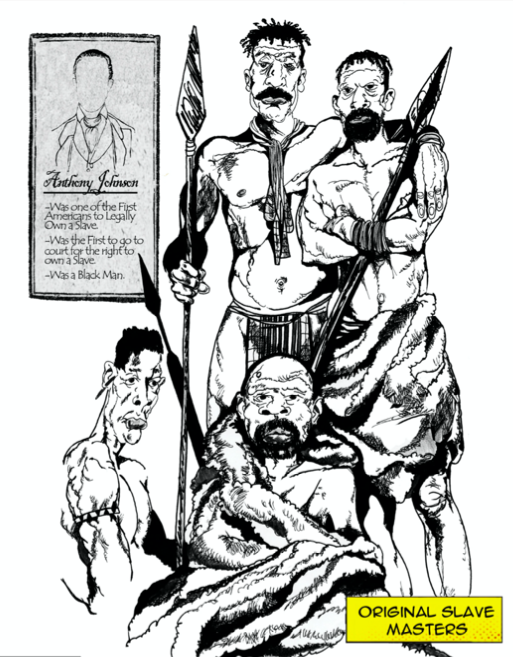The Untold Story of Wet Nursing

During slavery and well into the Jim Crow era, many enslaved Black women were tasked with the practice of breastfeeding the children of their white enslavers. Primarily to preserve the shapes, figures, time, and labor of white mothers, these Black mothers were forced to separate from their own infants to become surrogate mothers to the children of those who held them in bondage. (See page 130)
The physical and emotional tolls of this practice echo throughout generations as deep scars left by the dehumanizing institution of slavery and serve as one of many reminders of the strength of those who, despite the cruelty imposed upon them, found ways to nurture and preserve the unspoken narrative of sacrifice and resilience that others sought to strip away.
#onceuponatimeinamercia #ablackthangbook #Historical Exploitation #Enslaved Women #Wet Nursing Practices #Motherhood in Slavery


